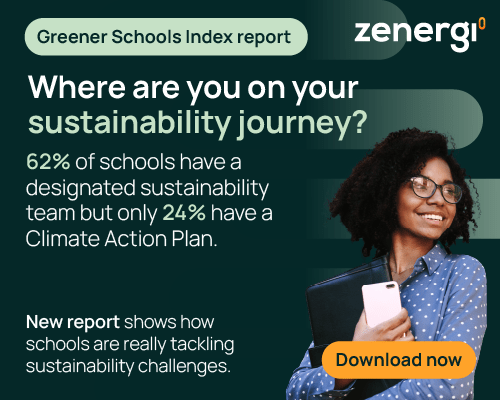
In today’s educational landscape, shifting employment demands are prompting schools to rethink recruitment strategies. Sue Birchall explores these changing challenges
I have worked in education for many a year and can confidently say that recruitment looks very different in the current climate. With the number of newly qualified teacher recruitment applications standing at its lowest since 2010 (down circa 35% in 2023-24 against the highest year recorded), teacher recruitment is challenging.
The employment landscape for support staff has become more challenging where changes like the introduction of hybrid working have removed the need for term time working for some. Add to this pay levels in an industry where historically pay has not matched the private sector it has become an uncomfortable and stressful process.
The Perfect Storm
The negative outcome of this perfect storm for all of us can be quite damaging. There is a risk not only financially in the cost of recruitment, as difficulties in recruitment can incur expensive agency fees, but also the cost of poor recruitment. There have certainly been instances in my schools where an appointment has been made which, with absence both long and short term and sometimes termination of contracts, there has been an extra cost. This is notwithstanding the most important aspect of the negative impact on our student learning and outcomes let alone the reputational risk that inconsistent staffing can attract. Add to this the cost in our sanity and time, we decided to have a look at our recruitment processes, not just the process and paperwork side but the operation as a whole.
Researching Best Practice
The development of MATs has improved the situation for those schools that are part of one, often bringing the benefits of a collective process, centralisation of administration, joint recruitment drives and standardised process. As a standalone school, we asked ourselves, is there an opportunity to look at some of these practices and see where we can ‘borrow’ best practise and amend our own. Research is the first step.
Next, we reviewed our current position, identifying through staff surveys and conversations, data on retention, induction, staff wellbeing, admin practises and recruitment processes. We then benchmarked against local and national for staff areas such as retention (pleased to see that we sit very well within the national picture), assessing this alongside other data gathered through current staff and leavers. A time and motion study on how SMART our processes are, and we had the bare bones of an action plan.
Working as a Team
The second thing we looked at was our team. We are small and beautiful with a varied level of expertise and experience, currently, there is only myself as SBL and my amazing HR Officer. Looking at our workloads it was clear that our time would be more efficiently used if the whole team had a higher level of knowledge. This was fed into our appraisal cycle and resulted in both of us undertaking some updated training, one of us has achieved CIPD Level
Has this knowledge that we have gained heralded any improvements or lessons learnt? I would say yes! It has led to a real understanding of HR process, not just in my team but across the school. This impacts on the pressures that were in place to hire without due diligence, look at alternative options for recruitment, benchmark external providers and discover new ways of doing things.
Positive decisions such as working with the current HR service to make improvements to benefit not just our school but other users as well, changing payroll providers to a more cost effective and better service and active decisions to challenge and diversify where we can, not just do things because they have always been done that way. Watch this space!




Be the first to comment